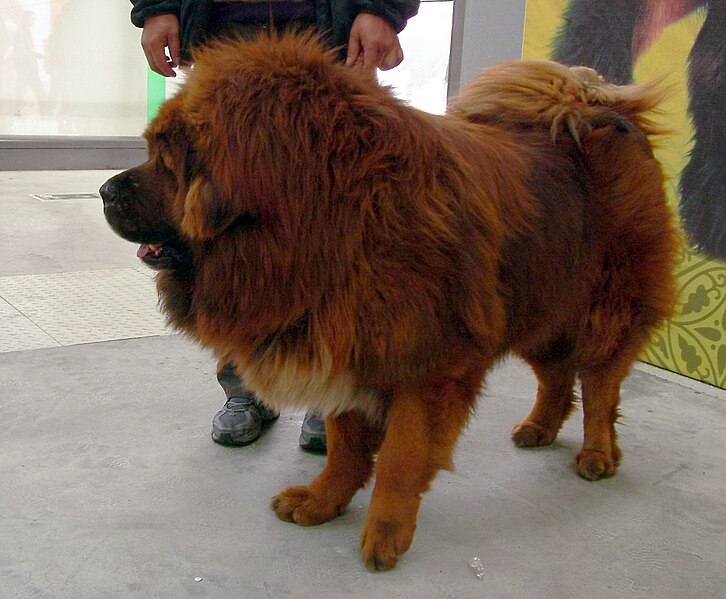Zero Angel
 Auror
Auror
That may be true, but can you say that the reverse is not true? I find it likely that when other cultures look at they western dragon, they might also say, "that's kinda like a different version of our [insert cultural icon here]." You could in fact say that the dragon is the "western lung" just as you could say the lung is the "eastern dragon."
The point is, yes it's a little Eurocentric to say that Creature X is the [insert culture]'s dragon. But if you look at the bigger picture, it is remarkable that so many different cultures independently "invented" such similar beasts, regardless of what they call them. It's not so far-fetched to thing these different beasts might actually be a series of related creatures being interpreted through different cultural lenses.
To clarify my point, a lion depicted in Chinese art looks very little like a lion as depicted in European art. Does this mean the Chinese lion is not really a lion, but instead its own separate thing? No. It's just being viewed through a different cultural and artistic point of view.
You said a lot of what I said, but much more diplomatically I think and definitely more concise.
Unrelated P.S.: In my attempt to see what Chinese and Japanese people thought of European dragons, I realized that their wikipedias are much "prettier" than ours.
Last edited:


 Maester
Maester
